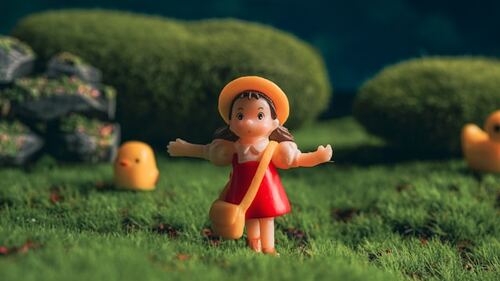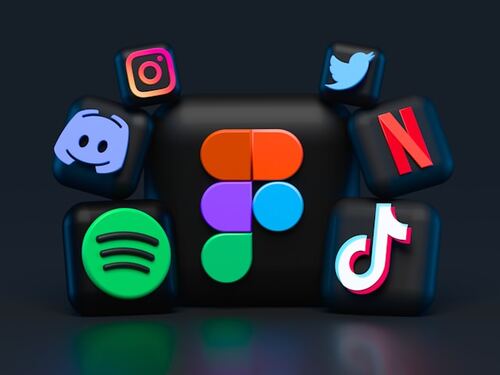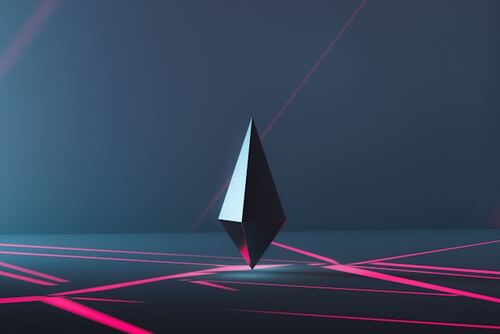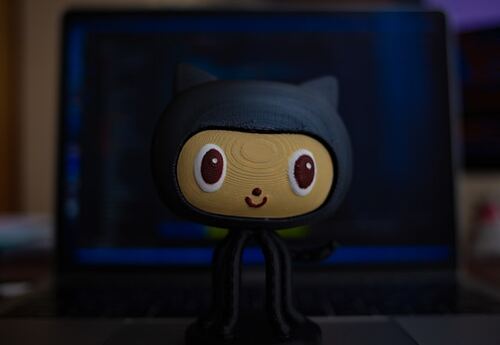You may have played the game “dot to dots” in school. In our spare time, we would connect the dots to form boxes; the person who creates the most boxes wins. To teach the principles of robotics in an interactive, hands-on way is known as “dot-to-dot” robotics. The concept of “robots dot to dot nattapong” in robotics refers to the division of intricate systems into more manageable components. letting students make the connections between these dots to get the wider picture.
This approach works especially well in educational settings, as it helps demystify robotics and make the subject more approachable. The word “robot” is derived from the Old Church Slavic word “robota,” which denotes “forced labor.” The term was first used by Czech author Karel Čapek, who brought it up in his play Rossum’s Universal Robots from 1920. Furthermore, he employs the word “robot” to refer to a class of laborers designed to perform tasks that humans are incapable of performing.
What is meant by Nattapong?
Thai artist Nattapong has gained international recognition for his dot-to-dot paintings. The interfaces between human creativity and technological precision always piqued his interest. Both the innovation and craftsmanship communities have concerns about Nattapong’s early tests. This inspired him to pursue a career in mechanical technology and fine expression, which together would eventually give rise to his unique style.
Both the innovation and craftsmanship communities have concerns about Nattapong’s early tests. Many claimed that machines could never produce good art; only human hands could. Nattapong did not, however, reject or abandon the idea that robots can complement human creativity rather than serve as a substitute for it.
Robotics History Dot-to-Dot Mapping
Dot to dot, follow the dots, and connect the dots are other names for this problem, which consists of a series of numbered dots. The 19th century is where the idea of using dots to make drawings or assist with calligraphy first emerged. The first puzzle game that I know of that required connecting dots to solve a logic challenge rather than an image was called the Nine Dots Puzzle. Early in the 20th century, connect-the-dots games were first published in print. The Sunday edition featured them for the younger audience. On the other hand, Ward, Lock & Co. printed the first book with the game solely in 1926.
How Does Dot-to-Dot Nattapong Operate in Robots?
There are several essential elements to the dot to dot:
- Offering instructional kits: The kits include pre-made parts with a dot-to-dot pattern. By building the robot, students can learn more about robotics by identifying each dot as a particular component or typical connection.
- Educational Resources: Nattapong provides its students with educational resources in the form of books and digital assets.
- Workshops and online lessons: In addition, Nattapong offers its students guided projects, online classes, and workshops that will ultimately improve their understanding of robotics.
Is Robots Dot To Dot Nattapong the Best Option?
Numerous advantages emerge with the robots dot to dot nattapong:
- Simplified learning: When difficult terminology are broken down into simpler ones, learners can better understand a topic.
- Engaging: Learning through games will keep students motivated and engaged, preventing them from becoming distracted.
- Enhanced analytical abilities: Students who practice the dot-to-dot pattern will eventually be better at solving problems.
- A rise in the subjects’ retention As a human, we are able to recall events that contain anomalies, whether they be favorable or negative. When playing the dot-to-dot game, students might encounter obstacles and attain goals that aid in improving and extending their comprehension of subjects.
Different Subjects dot to dot Task
The robots that follow Nattapong’s instructions fall into the following few categories:
Simple Dot to Dot Robots: This is a beginner-friendly activity for designing simple dot to dot robots. This pattern uses a straightforward form and a few dots. The goal is to make it easily comprehensible for the younger generation and to sketch out the shape.
Advanced Robot Designs: Advanced robotic design is the other category. A bigger challenge is presented by this dot to dot robot design. More dots and intricate structures can be found in these intricate designs. A higher amount of attention is needed to finish the shape.
Dot to Dot Robots with Themes: Additionally, this design suggests that the models are chosen based on their personal preference for a theme or character. For the users, the action is made creative by this theme categorization.
Robotic Applications: robots dot to dot nattapong
To help you better comprehend the dot ot dot action, the following application points are mentioned below:
Manufacturing: The activity carries out standard tasks. These duties often consist of product assembly, packing, quality assurance, etc. Ultimately, expenses are decreased while output rises.
In instructional settings, schools and programs frequently use this practice. In addition to being a useful instructional aid, it keeps pupils occupied and aids in the development of critical abilities.
Application in Therapy: There are more beneficial uses for the dot connecting exercise. Not only does it provide a focused, therapeutic exercise for individuals suffering from various illnesses, but it also offers fine motor skill restoration therapy.
The constraints
Robots dot to dot Nattapong has encountered numerous difficulties, just like any other enterprise.
- Mechanical barrier: In the early phases of the project, the mechanical barriers presented unique challenges. For extended periods of time—sometimes operating for days on end—the robots had to keep up the same actions.
- Algorithm refinement: The process of improving algorithms is continuous. To better capture the range of distinct image types, Nattapong is always improving his software.
- Public perception: This is usually a complicated matter. While many people have applauded Nattapong’s work, some people question the role that machines can have in the creation of art. Nattapong is interacting with the art world in an effort to remedy this.
Prospects for robots dot to dot nattapong in the Future
The robots sector is fundamentally booming in the field of modern technologies. The future of this field is greatly influenced by Robots Dot’s approach to Dot Nattapong. It also provides the innovators of the next generation with a strong basis. Development of new materials and kits that demonstrate the most recent and cutting-edge developments in robotics are Nattapong’s continuing initiatives. He is ensuring that his tactics will continue to be applicable and successful by advancing education and technology.
In conclusion/ robots dot to dot nattapong
Furthermore, the notion of “Dot to dot Nattapong” inspired us to consider the ways in which creativity and machine learning might be combined, making it a compelling option for students seeking to learn about machines. He is significantly more knowledgeable and seasoned than his rivals because he conducted the research sooner. Robots dot to dot Nattapong is a resource for educators seeking efficient teaching tools and for inquisitive learners wishing to delve into the realm of robotics.
Note: robots dot to dot nattapong
The data in the article described above is derived from actual study that we conducted. We do not warrant the truthfulness of any information or service that we promote. As a result, we will not be held accountable for any errors.
FAQs: robots dot to dot nattapong
What is the Dot to Dot Nattapong official website?
Yes. Dot to Dot Nattapong’s official website may be found at https://www.twinkl.com.pk/resource/robot-connect-the-dots-activity-t-tp-2682748.
Q2: What gave Nattapong the idea for his dot-to-dot illustrations?
Yes. Dot to dot art was motivated by his love of technology and art.
Question 3: Is it possible for me to view Nattapong’s artwork in person?
Yes. Check out his most recent exhibition as well as work in galleries.
Q4: Does Nattapong produce unique designs?
Yes. They currently replicate existing photographs, but in the future they might also create images by integrating AI.




